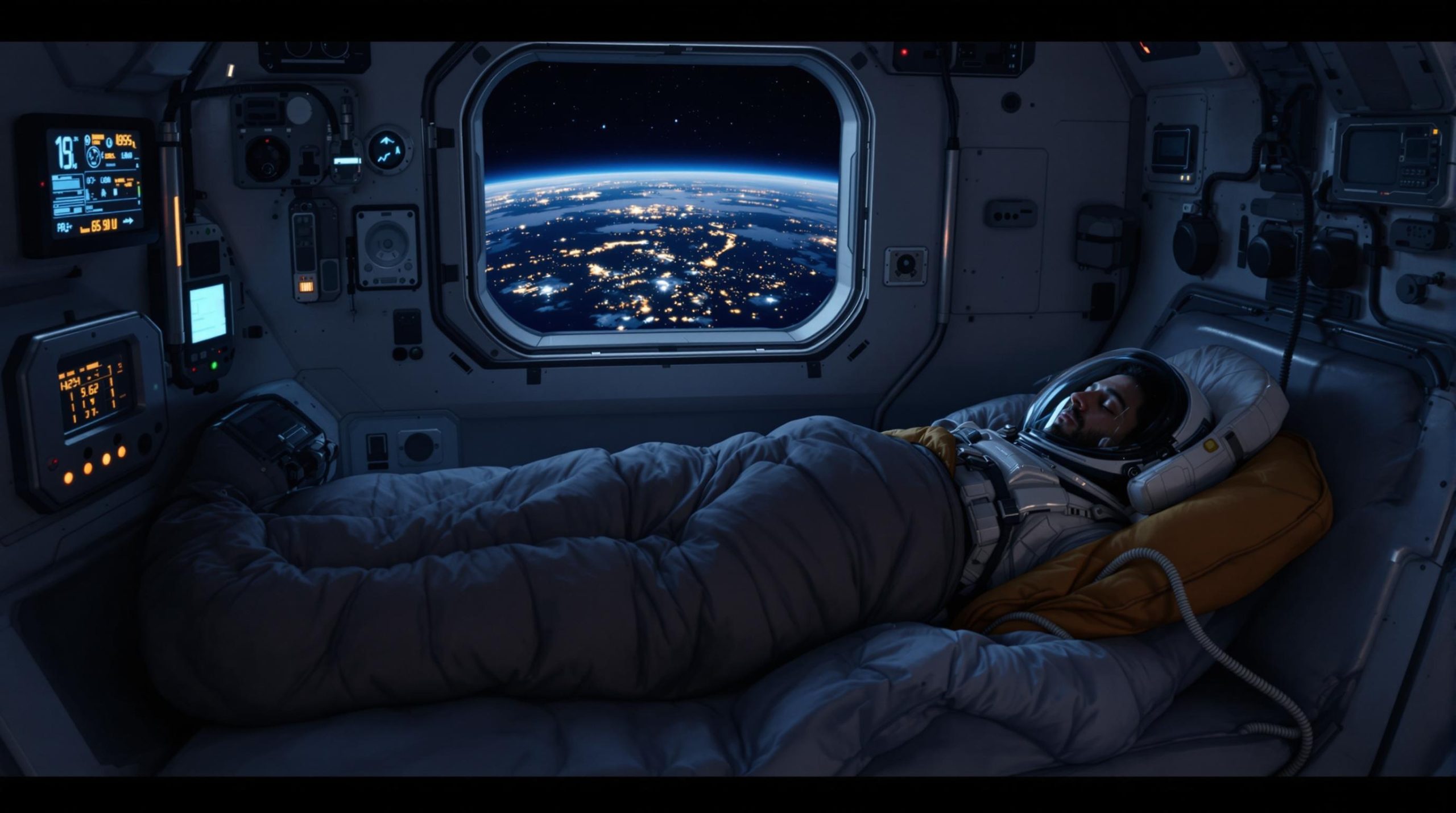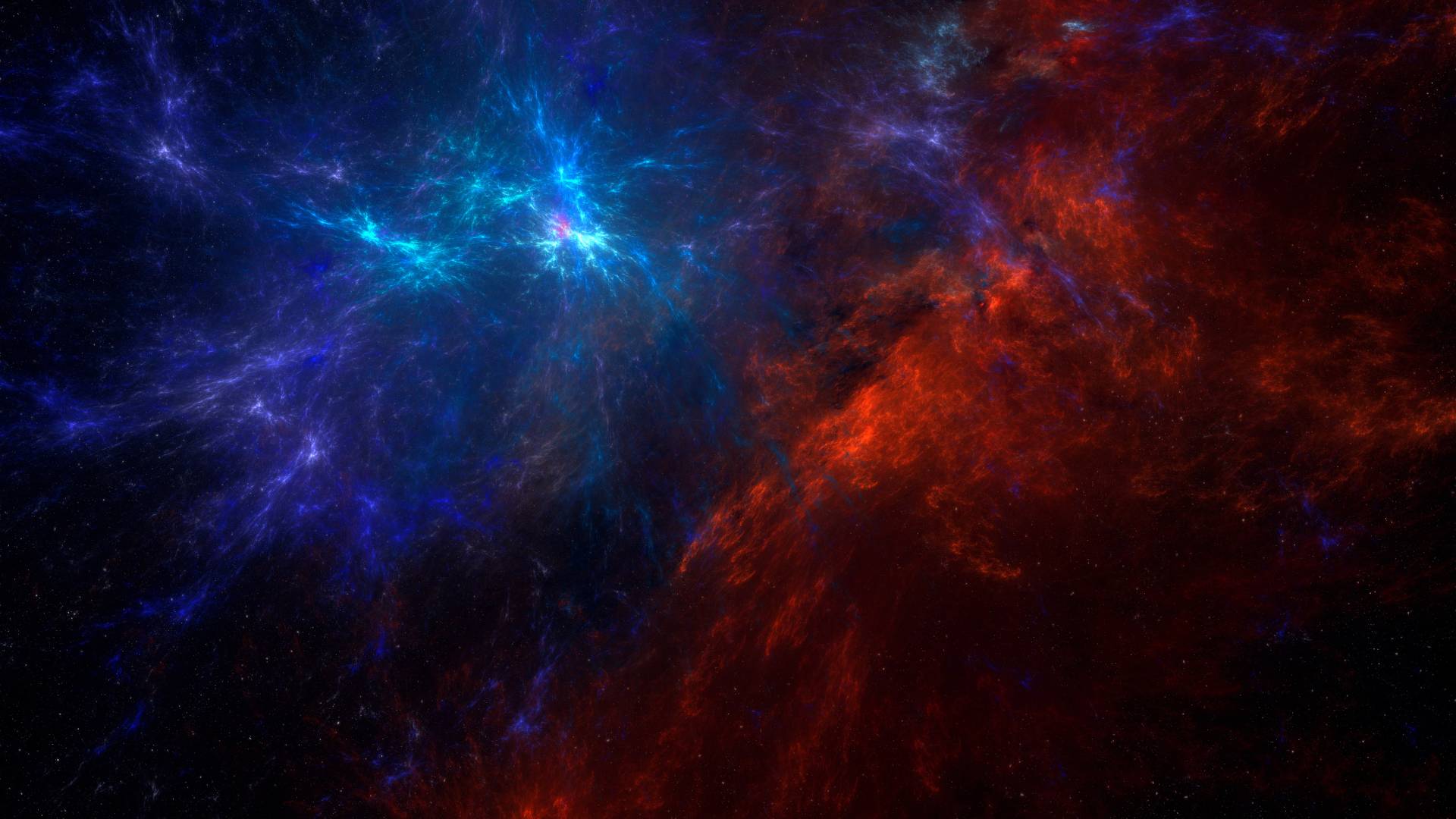How Do Astronauts Sleep in Space ?
Why Sleep Is Important for Astronauts
In space, astronauts face demanding schedules, complex tasks, and the mental stress of being far from home. Sleep is crucial to maintaining their physical health, mental focus, and emotional well-being. Without adequate rest, fatigue and impaired decision-making could jeopardize their missions.
Sleeping in Microgravity
The absence of gravity in space means that astronauts can’t simply lie down in a bed like they do on Earth. Instead, they experience microgravity, which makes them float. To address this:
- Sleeping Bags in Crew Quarters:
- Astronauts sleep in specially designed sleeping bags secured to the walls, floor, or ceiling of the spacecraft.
- These bags prevent them from floating around and provide a sense of enclosure, which can be comforting.
- Individual Sleeping Pods:
- Most modern spacecraft, such as the International Space Station (ISS), have individual sleeping quarters for astronauts.
- These small pods include a sleeping bag, ventilation system, personal items, and sometimes a laptop for entertainment.
- Straps and Hooks:
- Some astronauts prefer using straps or hooks to anchor themselves to a surface, ensuring they stay in place while they sleep.
Challenges of Sleeping in Space
While these arrangements address the physical aspects of sleeping in microgravity, other challenges persist:
- Disrupted Circadian Rhythms:
- Astronauts on the ISS experience 16 sunrises and sunsets every 24 hours. This rapid cycle can confuse their internal body clocks.
- To counteract this, astronauts rely on schedules and lighting systems that simulate day and night.
- Noise:
- The constant hum of spacecraft systems can make it difficult to relax.
- Earplugs or white noise machines are often used to create a quieter sleeping environment.
- Floating Limbs:
- In microgravity, an astronaut’s arms and legs naturally float, which can feel strange.
- Some use straps or their sleeping bag to keep their limbs from moving too freely.

Adapting to Sleeping in Space
Astronauts undergo extensive training to prepare for sleeping in microgravity. They practice using sleeping bags and other equipment on Earth to adapt to the sensation. NASA and other space agencies also conduct sleep studies to monitor astronauts’ health and improve their rest.
What Happens If Astronauts Don’t Get Enough Sleep?
Sleep deprivation in space can lead to:
- Reduced cognitive performance and slower reaction times.
- Increased stress and irritability.
- Physical fatigue that may affect their ability to perform tasks.
Space agencies monitor astronauts’ sleep closely and may adjust their schedules or provide melatonin to help them sleep better.
Fun Facts About Sleeping in Space
- Some astronauts report vivid dreams or even nightmares, which might be linked to the unusual sleeping conditions.
- Without gravity, snoring is almost nonexistent because airways remain open.
- Astronauts don’t need pillows in space because their heads naturally float to a comfortable position.
- Astronauts Can Choose Their Sleeping Direction
In the absence of gravity, there’s no “up” or “down.” Astronauts can sleep in any orientation—standing up, upside down, or sideways. It feels the same no matter the direction! - Dreams in Space Are Unique
Many astronauts report experiencing unusually vivid dreams. Some attribute this to the brain adjusting to the microgravity environment or the excitement of being in space. - No Tossing and Turning
On Earth, people often toss and turn to get comfortable, but in microgravity, astronauts don’t experience pressure points. This makes their sleep position relatively fixed and comfortable. - Adjustable Sleep Schedules
Astronauts can’t rely on natural light cues to determine day and night, so they follow a 24-hour Earth schedule. Their spacecraft lighting is adjusted to mimic daylight and darkness to help regulate their sleep-wake cycles. - Sleeping in Zero Gravity Relieves Back Pain
Some astronauts report relief from chronic back pain in space because the spine elongates in microgravity. However, this can also lead to some discomfort as their bodies adjust. - Floating Dreams
A common phenomenon astronauts describe is dreaming that they’re floating—even when they return to Earth! This suggests that the brain becomes accustomed to the sensation of weightlessness.
Conclusion
Sleeping in space is a unique challenge that astronauts have mastered through training, innovative equipment, and careful scheduling. Despite the hurdles of microgravity and disrupted circadian rhythms, they find ways to get the rest they need to perform their vital missions.
Exploring the intricacies of life in space reminds us of human adaptability and the marvels of space exploration. The next time you gaze at the stars, think about the astronauts above, floating in their sleeping bags as they dream of the cosmos.
Resources
NASA – Sleeping in Space
Learn about how astronauts sleep aboard the International Space Station and adapt to the challenges of microgravity.
https://www.nasa.gov
European Space Agency (ESA) – Life on the ISS
A detailed guide on daily life aboard the International Space Station, including sleep routines.
https://www.esa.int
Smithsonian Magazine – What It’s Like to Sleep in Space
An in-depth article discussing the unique sleep experiences of astronauts.
https://www.smithsonianmag.com
Space.com – How Astronauts Sleep in Space
Tips, tricks, and insights into the science of sleeping in space.
https://www.space.com



